Tips on How to Stage an Apartment Like a Professional
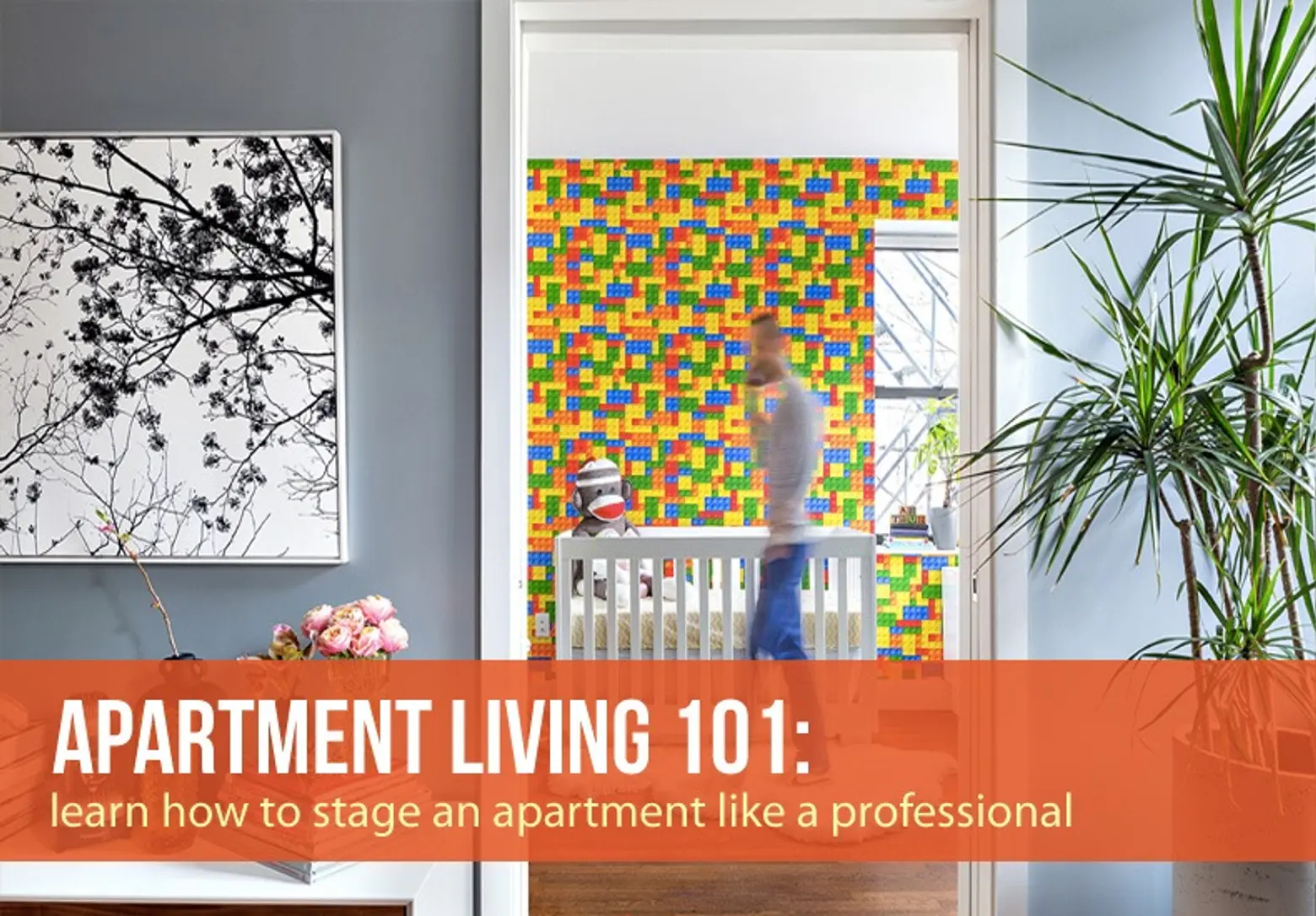
6sqft’s series Apartment Living 101 is aimed at helping New Yorkers navigate the challenges of creating a happy home in the big city. This week Compass broker Jason Saft takes us through the daunting task of staging an apartment for sale. Jason’s work has been featured in the New York Times and Forbes magazine (to name a few), and he has closed nearly 1,000 properties in Manhattan and Brooklyn.
Over the last decade I’ve perfected a sales strategy that answers the four questions every person looking to sell their home asks—and should ask—when they’re searching out a real estate agent to represent them. How much is my home worth? How will you sell it at that number? What do you do differently? Why should I work with you? From research, strategy and timing, to leveraging my personal referral network, my specialty is cost-effective staging and design that creates something that stands out from the crowd. And nets the highest possible return on investment. So, whether you’re looking to sell a $450,000 studio or a $4,500,000 loft, working solo or with an agent, I’m happy to share what I believe are the most critical pieces of staging and listing.
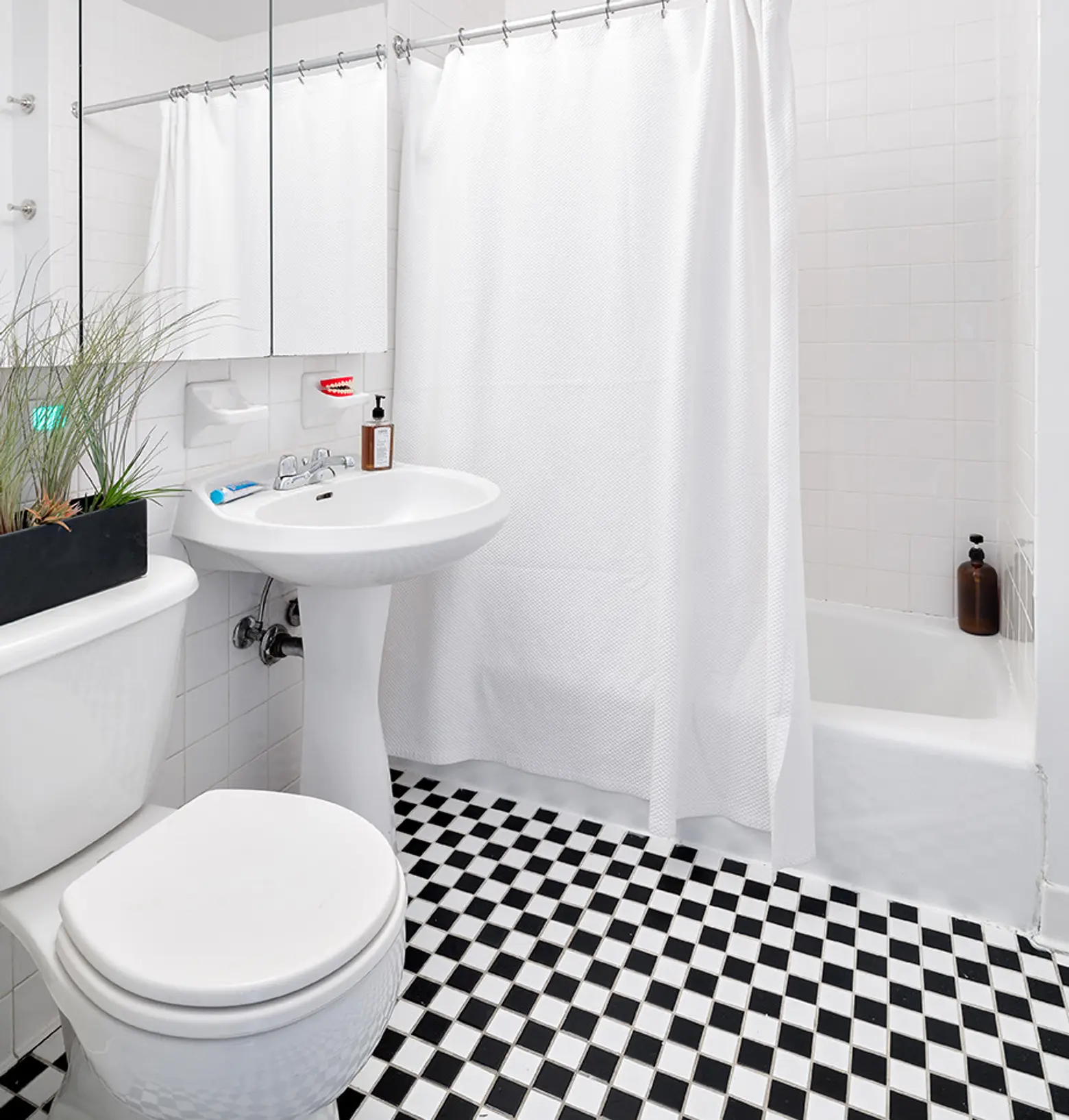 Before and After. Bottom image courtesy of Donna Dotan Photography
Before and After. Bottom image courtesy of Donna Dotan Photography
1. Identify Your Flaws ↑
Never an easy thing to do, in life and at home. But know that buyers will fixate on the smallest of details; a broken window pane, mold on bathroom grout, too much furniture in the living room, and the list goes on. Before I officially list any property, I do a walk through with my sellers. We go room to room and view it from the perspective of a buyer. If something is wrong, buyers will wonder what else is broken and use that as leverage to negotiate your asking price down to their desired purchase price. Before you list your home, make a checklist.
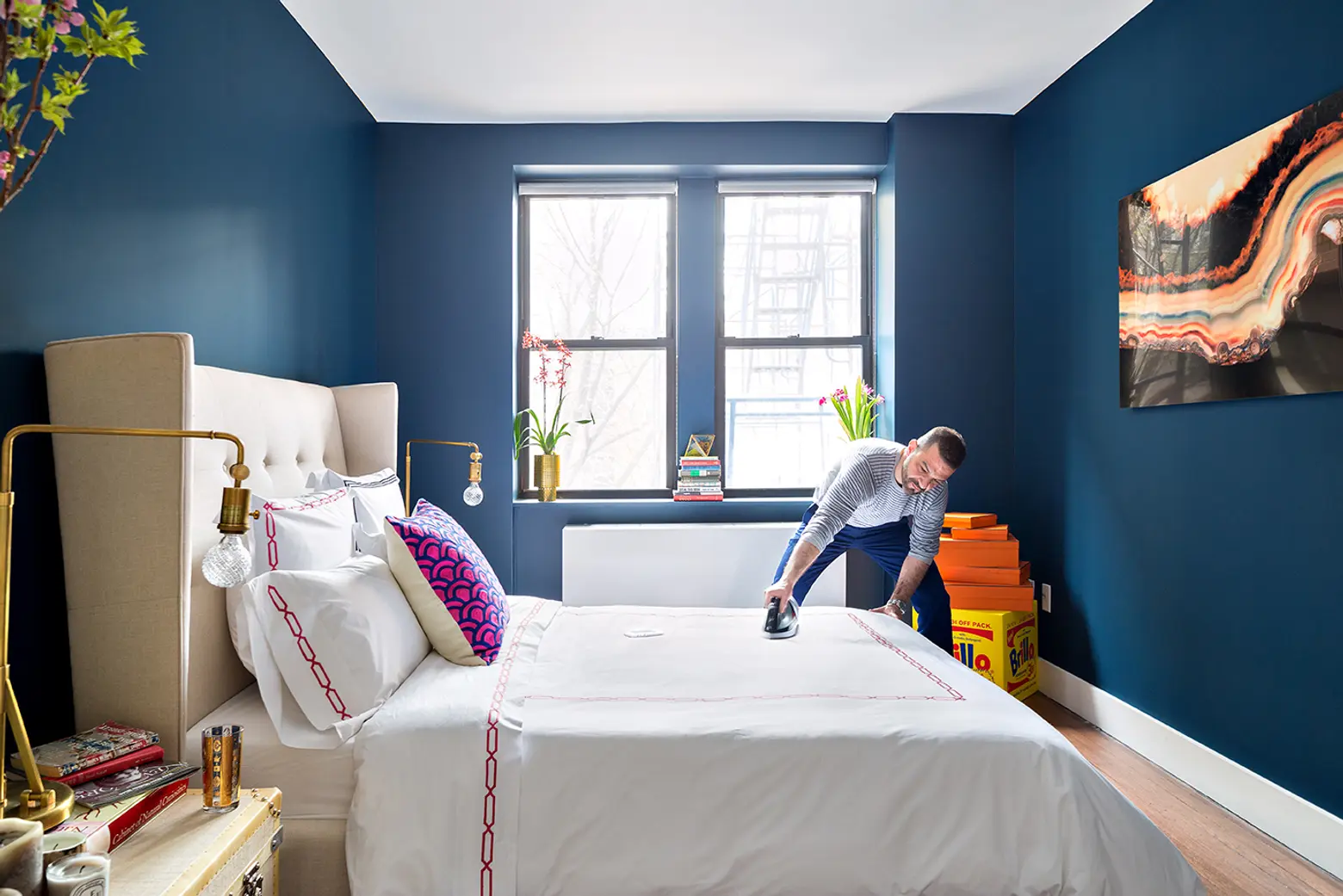 Image courtesy of Donna Dotan Photography
Image courtesy of Donna Dotan Photography
2. Refresh the Basics ↑
Replace a moldy shower liner and shower curtain; new bedding makes a world of difference. By making simple updates and upgrades, you can transform a home. Overstock, Gilt and West Elm are my go-to’s for affordable options. I also suggest making a “show bed” (think of the bed you love at a hotel, crisp fresh white lines, different sized pillows all pulled together to create a calm environment) and replacing generic or outdated light fixtures with something more modern and sculptural. Having a professional cleaning person come through is crucial prior to your listing and showing.
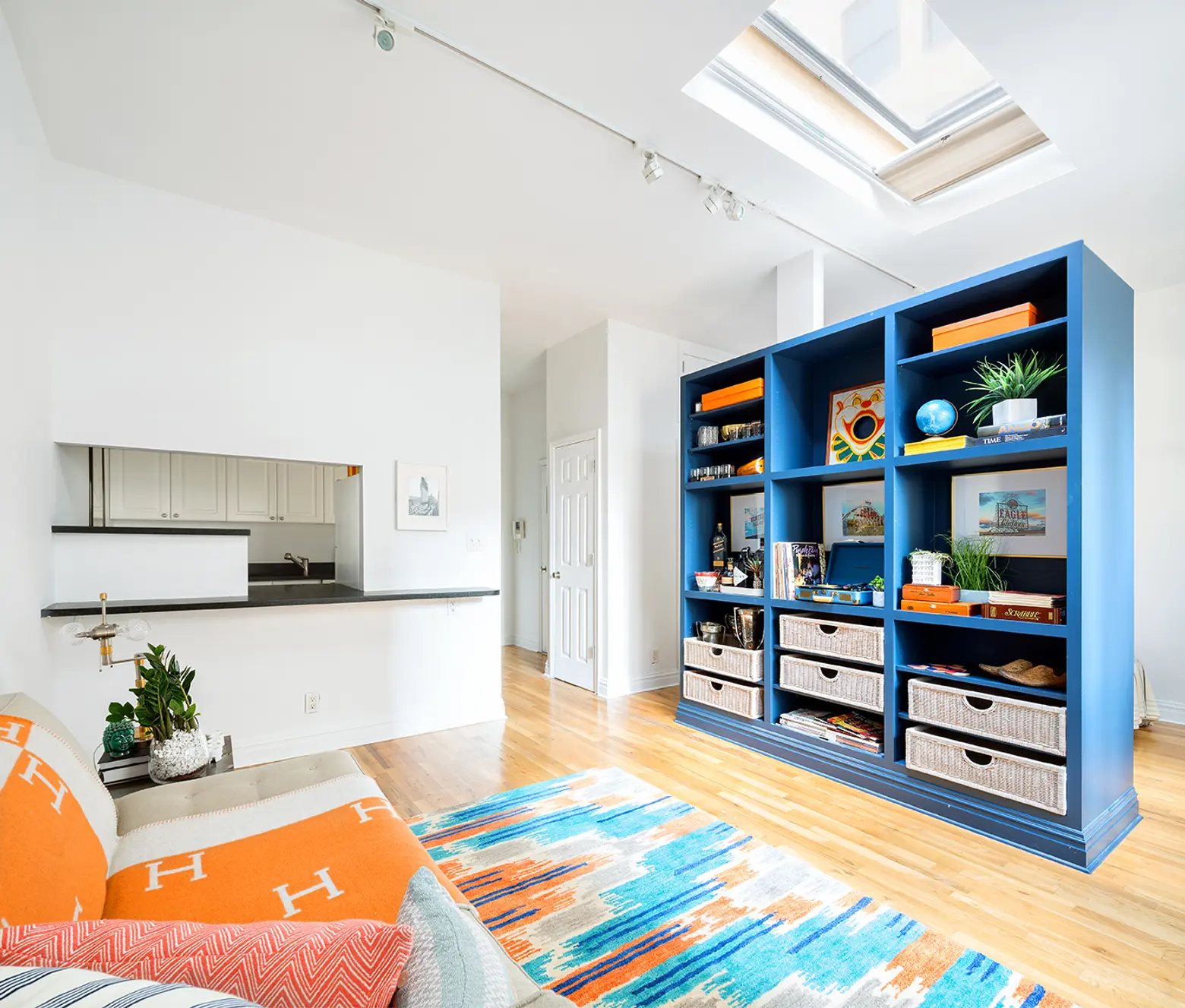 Before and After. Bottom image courtesy of Donna Dotan Photography. See more of 56 Court Street here>>
Before and After. Bottom image courtesy of Donna Dotan Photography. See more of 56 Court Street here>>
3. Make A Statement, But Proceed With Caution ↑
Want to catch a buyer’s eye? Create an accent that stands out and showcases volume or constructs a separation of space. A recent listing I had at 56 Court Street had a built-in bookshelf in the center of the room that also framed a queen-sized bed on the other side of the alcove studio. Originally, the entire apartment was painted two shades of brown and this coupled with dead and low-watt light bulbs only managed to create a cave-like feel in the home—definitely not a selling point.
To transform the shelf from a depressing storage facility into a focal point, I painted the entire system a rich navy blue. This simple change made for some very striking photos. I also added an air mattress, bedding and some small items to create a cohesive color palette with pops of color and to show functionality of the piece (the system was already wired). I received over 20 offers on this studio and my seller closed at over $100,000 more than the apartment below theirs, and in one-eighth of the time. On top of that, my client sold the space for $125,000 more than she expected to make.
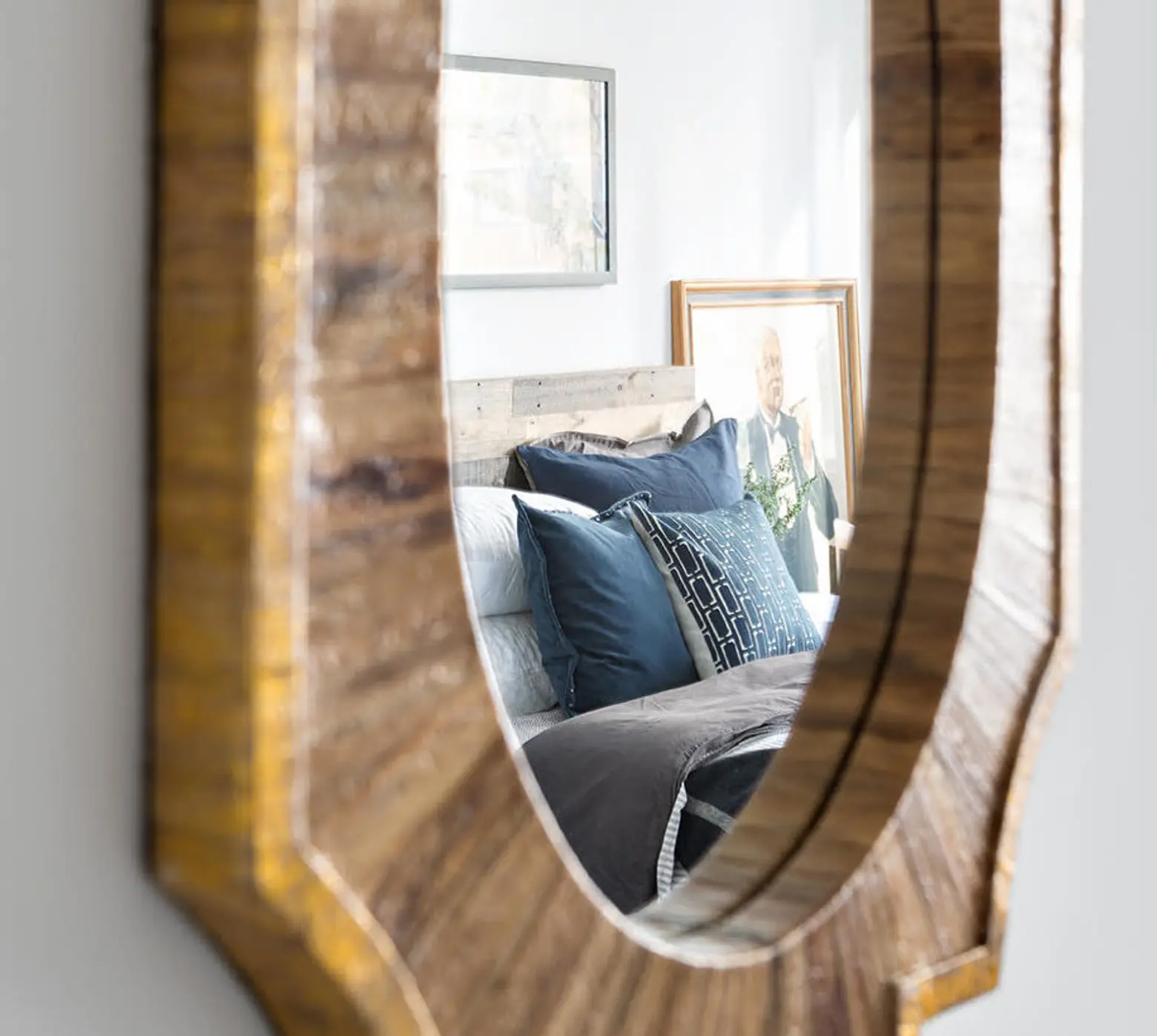 Image courtesy of Donna Dotan Photography
Image courtesy of Donna Dotan Photography
4. Create Reflections of How Your Home Should Be ↑
Use mirrors to reflect light, not another wall. Well positioned mirrors bring in extra light and bounce it around the room. Mirrors can open up a small space by making it feel as if it goes on and on. A mirror facing another wall, in a hallway, or enclosed space is a waste.
5. Storage Wars ↑
Store your off-season wardrobe in a trunk or consider renting space at a storage facility. You should clear out all unnecessary items; throw out products in your bathroom vanity and kitchen cabinets that you never use, and just empty out as much as possible. If you have a closet with only one bar and enough height for a second, install another and double the storage space. If there is space for a shelf at the top, put one in and use it for your handbag or shoe collection. Showcase how much space the buyer will have if they move in. And while you’re at it, arrange your clothes by color. It will help everything look more organized and efficient.
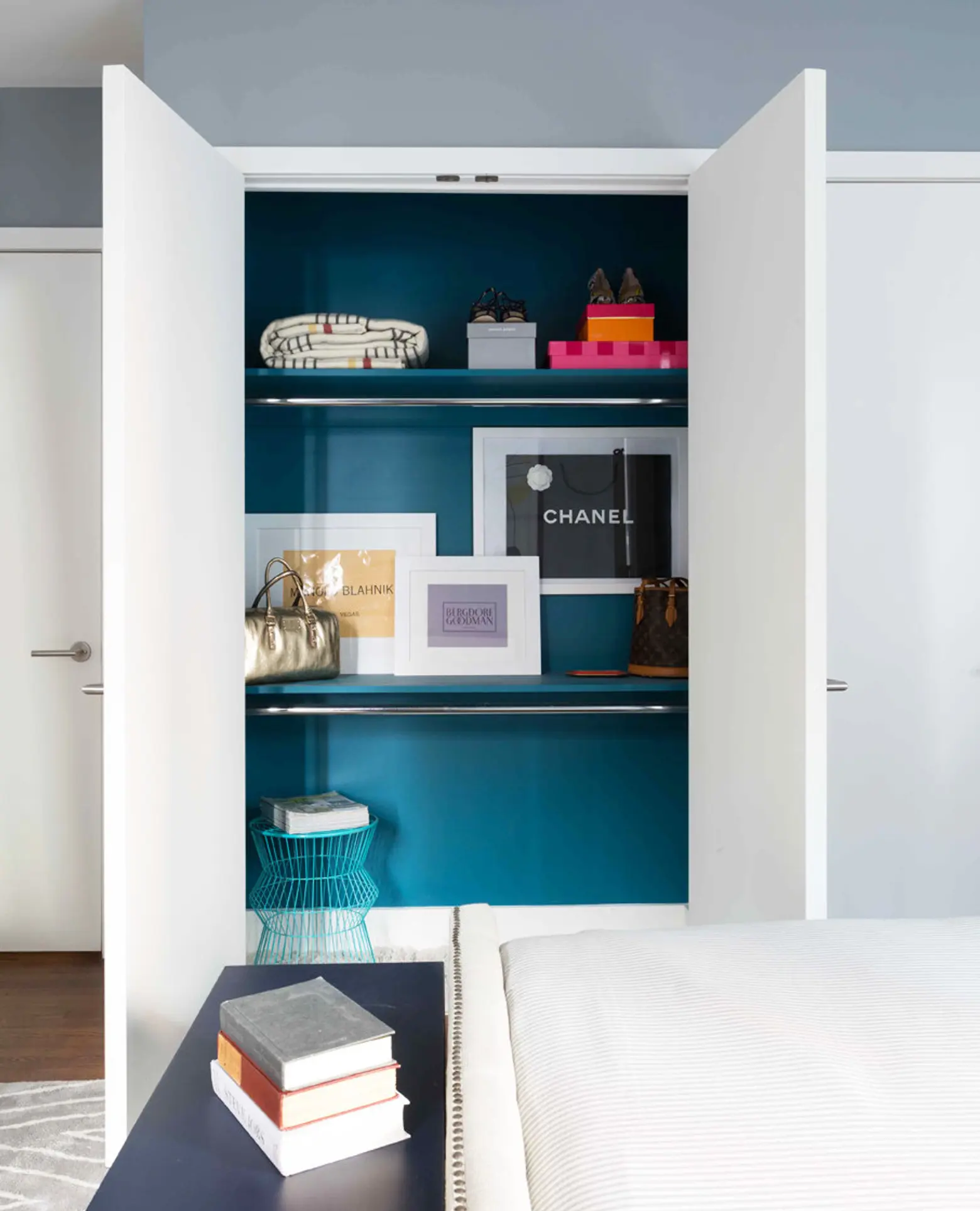 Image courtesy of Donna Dotan Photography
Image courtesy of Donna Dotan Photography
If you are selling a vacant home, consider painting the insides of the closets a different color from the room and display artwork to create something visually memorable. Painted closets have been one of my most successful cost-effective strategies that engage buyers and get them to spend more time in a property.
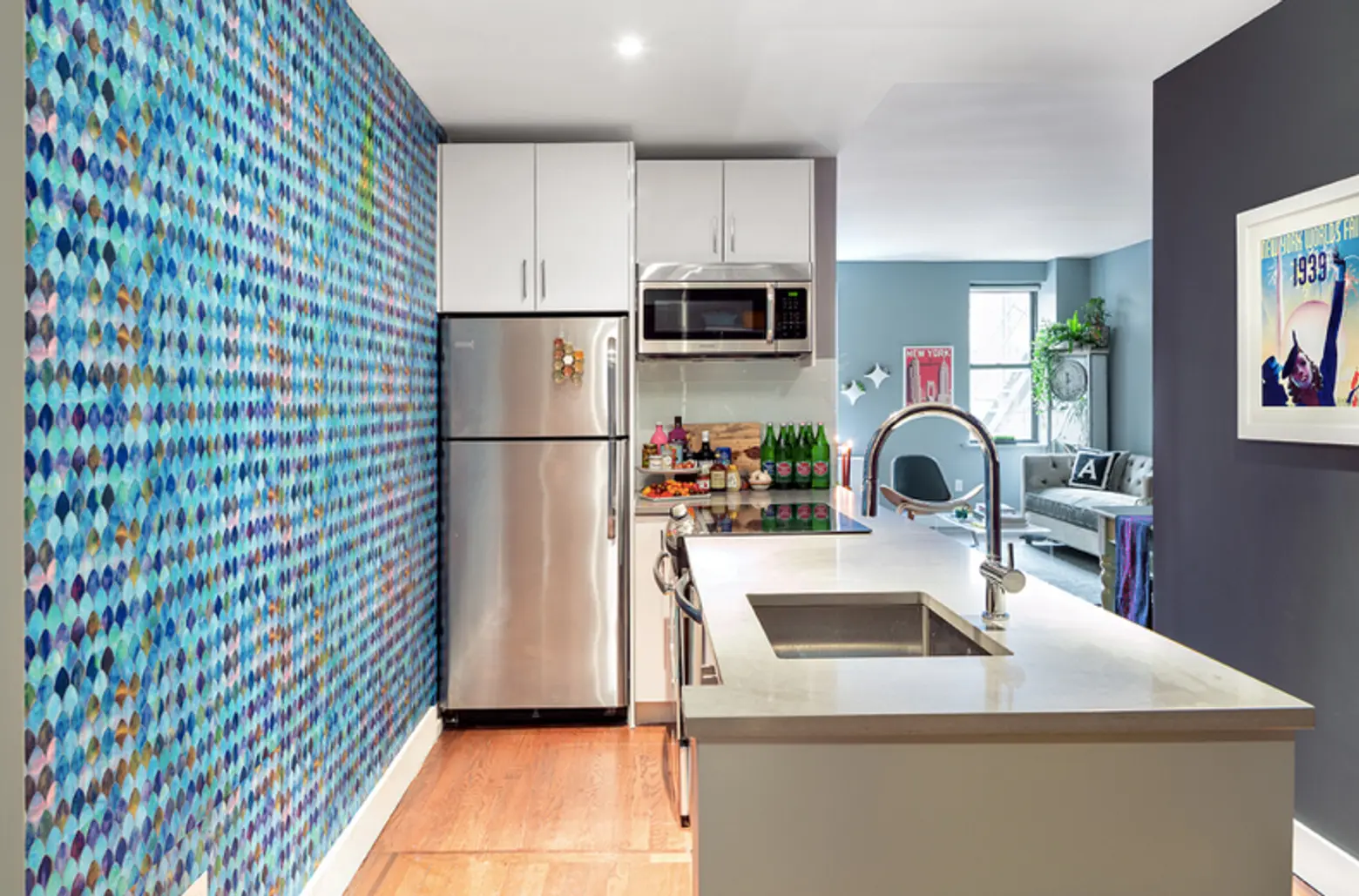 Image courtesy of Donna Dotan Photography
Image courtesy of Donna Dotan Photography
6. Get Trashed ↑
Remove ALL trash and recycling. Trash should NEVER be out in the open for buyers to see. It’s garbage, not artwork. And definitely make sure it’s all been removed before you photograph the listing. If you have an unattractive trash receptacle (I’ve seen people use a plastic shopping bag hanging from door knob) get rid of it. Consider instead using something you already have: a vase, wine bucket, an unused piece of pottery, a magazine bucket, etc.
The key to staging is using what you already have, because the last thing you need to do is acquire more stuff. You don’t need to run out and buy everything and you should limit purchases to the essentials that will increase value (e.g. light fixtures and appliances). I also always stress removing any unnecessary furniture, especially something that cuts off room flow and doesn’t allow people to walk around. You could have 20 people at your open house and you need to make sure they will fit comfortably. The last thing you want is for the space to feel claustrophobic!
7. Flowers Are Great, But… ↑
They are expensive and only last a few days. Consider easy to maintain plants to add life, color and a sense of calm to your home. Succulents, air plants, bamboo, ferns, and orchids are ideal and easily found at bodegas and grocery stores. If you have very high ceilings, consider using blooming branches in a long glass vase elevated above four feet to showcase the ceiling height. Fake plants also work great for photography, plus no one will know the difference!
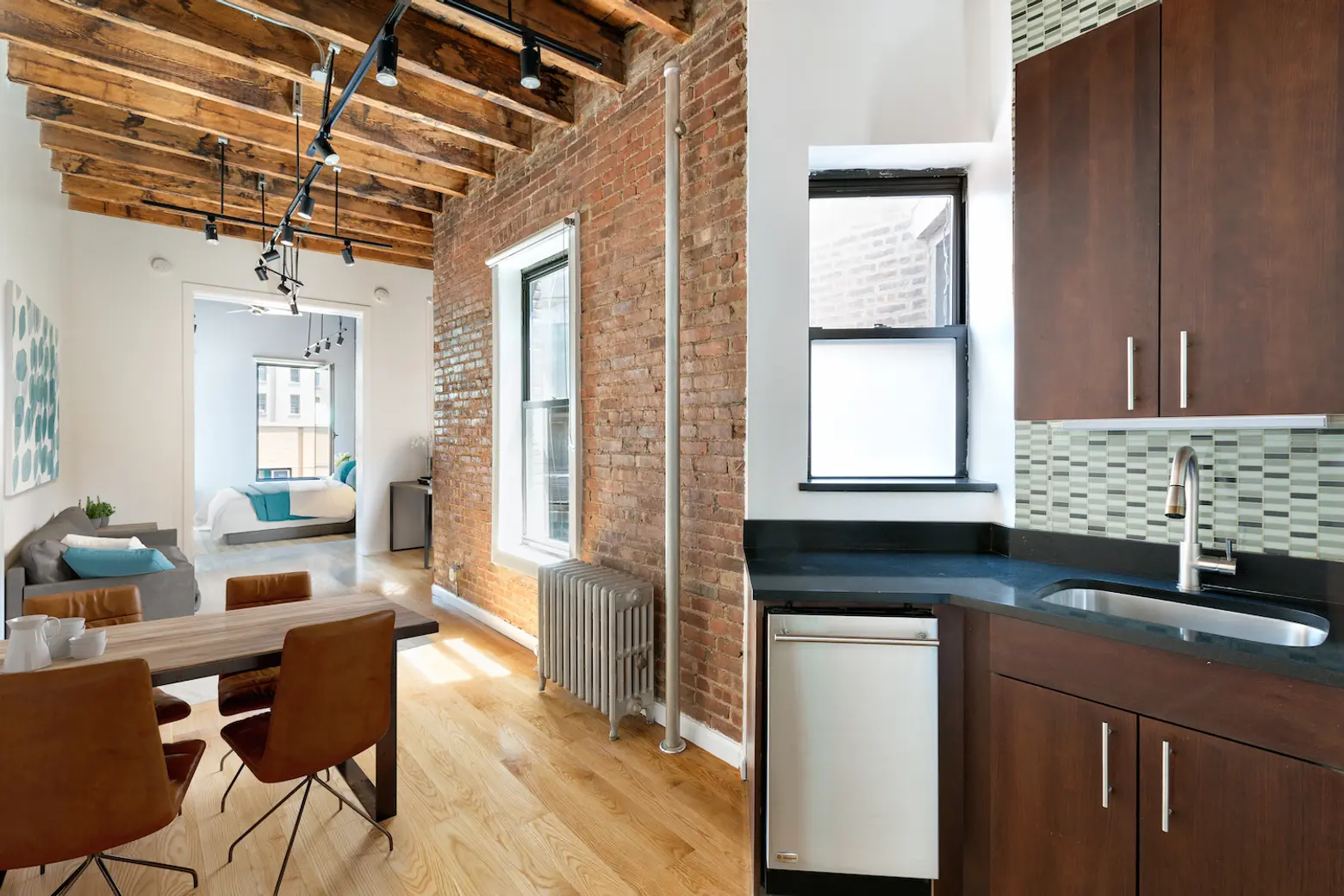 Example of an apartment that has been virtually staged
Example of an apartment that has been virtually staged
8. Virtual Reality ↑
Selling an empty property? Consider having it virtually staged to make the images more interesting. An empty apartment looks bland and small. If you dont want to stage it with real furniture, you should at the very least have it virtually staged with a design scheme that is representative of the apartment, building, neighborhood and price point. And you have to understand your demographic. A loft in Williamsburg would look absurd filled with traditional furniture associated with the suburbs.
9. The Kitchen Conundrum ↑
A cluttered counter is distracting in pictures. Make sure you hide all of those sponges, cleaning solutions, kitchen rags, and excess in all corners of your kitchen. If you just renovated your kitchen or bathroom, showcase them with a few attractive and high-end products, but sparingly. Buyers will expect to see Molton Brown, not Dial soap on a Waterworks sink.
Don’t have $100K to renovate? You would be amazed what a little paint and some creativity can do. If you have cabinets in original condition, consider a quick fix by refreshing them with paint, removing the doors, or applying an inexpensive wallpaper to create a statement. I once transformed a dilapidated, microscopic kitchen with a stove the size of an Easy Bake Oven for under $300.
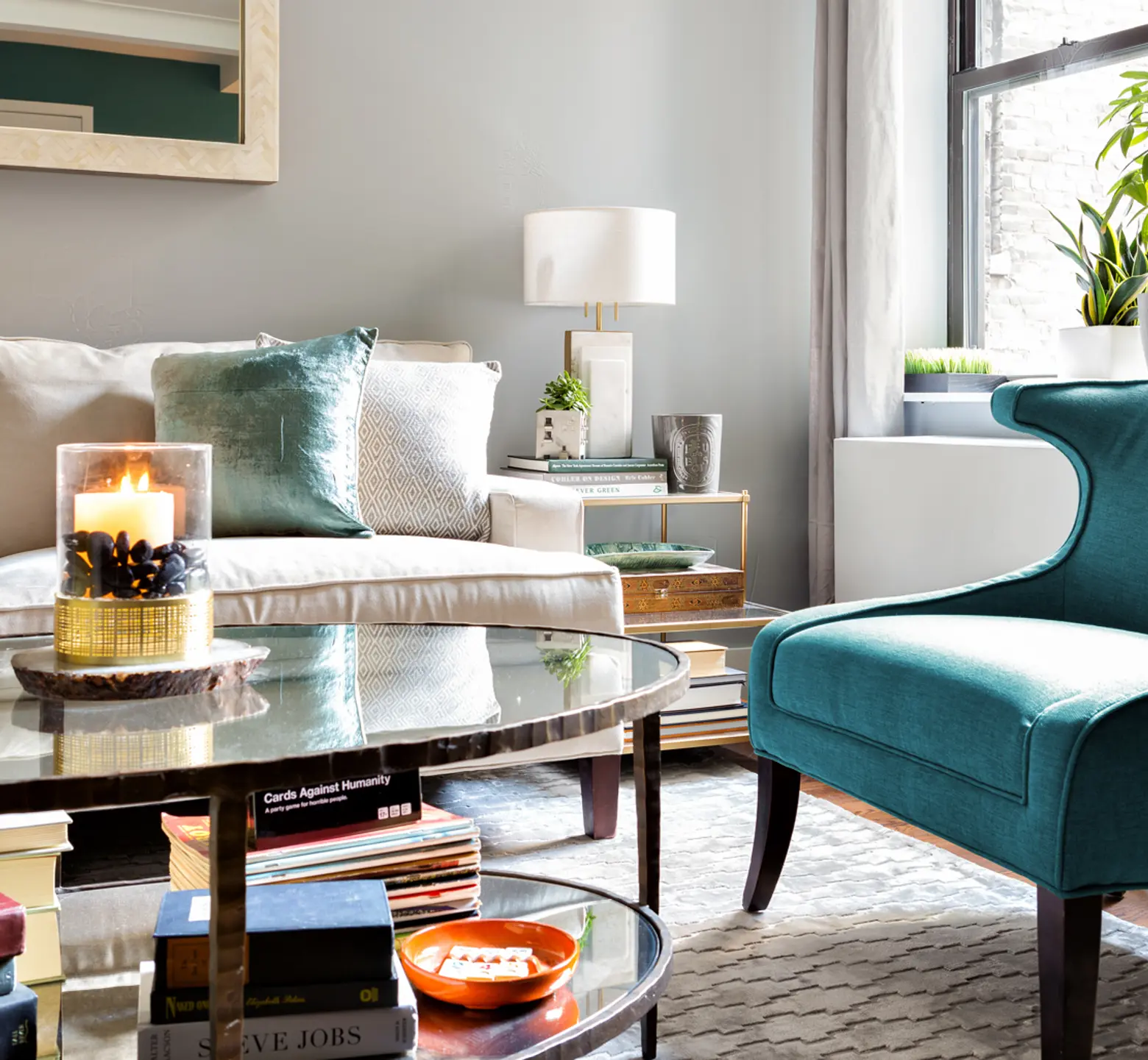 Image courtesy of Donna Dotan Photography
Image courtesy of Donna Dotan Photography
10. Make Scents ↑
Air out your home at least 24 hours before you are showing—that means open every window. If there is a litter box, remove it before the showing. Got a dog? Give him a bath.
Fabrics capture smells, which can work to your benefit. One of my favorite “recipes” is adding a little essential oil (lavender, eucalyptus, orange, grapefruit) to a spray bottle filled with water. I used this concoction to spray down every piece of cloth furniture and all the curtains in every room three hours before an open house.
If you want to use candles, don’t go overboard with overpowering synthetic scents. While blueberry pie in the oven is great, four blueberry pie candles is offensive. Also make sure to light your candle an hour before opening up your home, and please consider the season. Dyptique’s Feu De Bois can make it seem like there is a wood burning fireplace in the apartment in the winter, but in the summer it gives the impression the apartment is one fire.
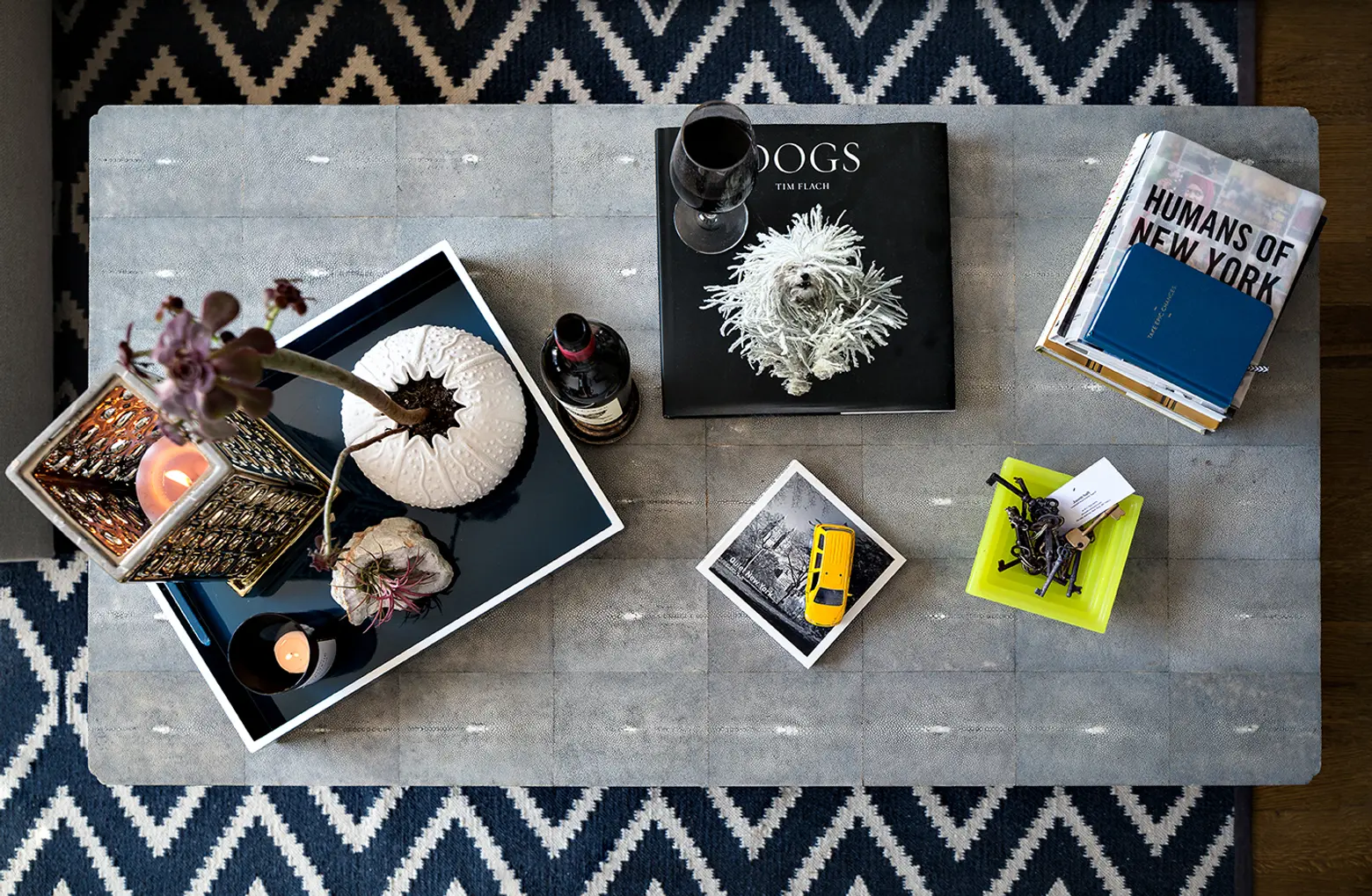 Bottom image courtesy of Donna Dotan Photography
Bottom image courtesy of Donna Dotan Photography
11. A Picture is Worth a Thousand Words… And Even More In Dollars ↑
One of the most critical aspects—and often neglected and overlooked by sellers and real estate agents—is the power of professional photography. Photographing a home in its best possible light is crucial to creating maximum traffic to your listing. Professional photography is something I invest my own money in to sell my properties. If you want to maximize your return, you need to invest in the best because that’s what you are expecting buyers to do. I work with a team of highly skilled photographers who not only understand composition and lighting, but have unparalleled post production skills. We collaborate on all shoots, always have the standard expected real estate shots (every room should be photographed) but then focus in on the details, even if it is just the furniture. I always create editorial-style images that fully communicate the space on an emotional and personal level. Oftentimes I’ve seen homes advertised where you cant make out the view from the windows. A skilled photography team will be able to stitch in the actual and real view that gets washed out while shooting the interior.
Although all of this may sound like a lot of work—because it is—this is what the professional you hire to sell your home should help you to do and see in order to bring you the highest possible return. While some agents suggest you do the work yourself (e.g. you hire a stager, you hire someone to declutter, you hire a painter…), these along with many other items are services I provide or have the right referrals to get the job done quickly, correctly and in cost-effective way.
Lead image courtesy of Donna Dotan Photography
+++
Jason Saft has built a reputation for creating innovative marketing strategies through his unparalleled client services and an unwavering attention to detail for buyers, sellers and developers. His talent for design, staging and decluttering focused on price optimization has been recognized by The New York Times and Forbes Magazine, and his marketing skills have allowed him to repeatedly break sales records in multiple neighborhoods. He uses his extensive knowledge of development, preservation, and historical trends, and draws from his passion for design and photography in order to offer an arsenal of cost-effective strategies and solutions. He created “SAFT SELLS” a 30-point action plan he applies to all listings. Over the past 10 years, Jason has closed close to 1,000 residential real estate transactions in Manhattan and Brooklyn.
RELATED:
Get Insider Updates with Our Newsletter!
Leave a reply
Your email address will not be published.
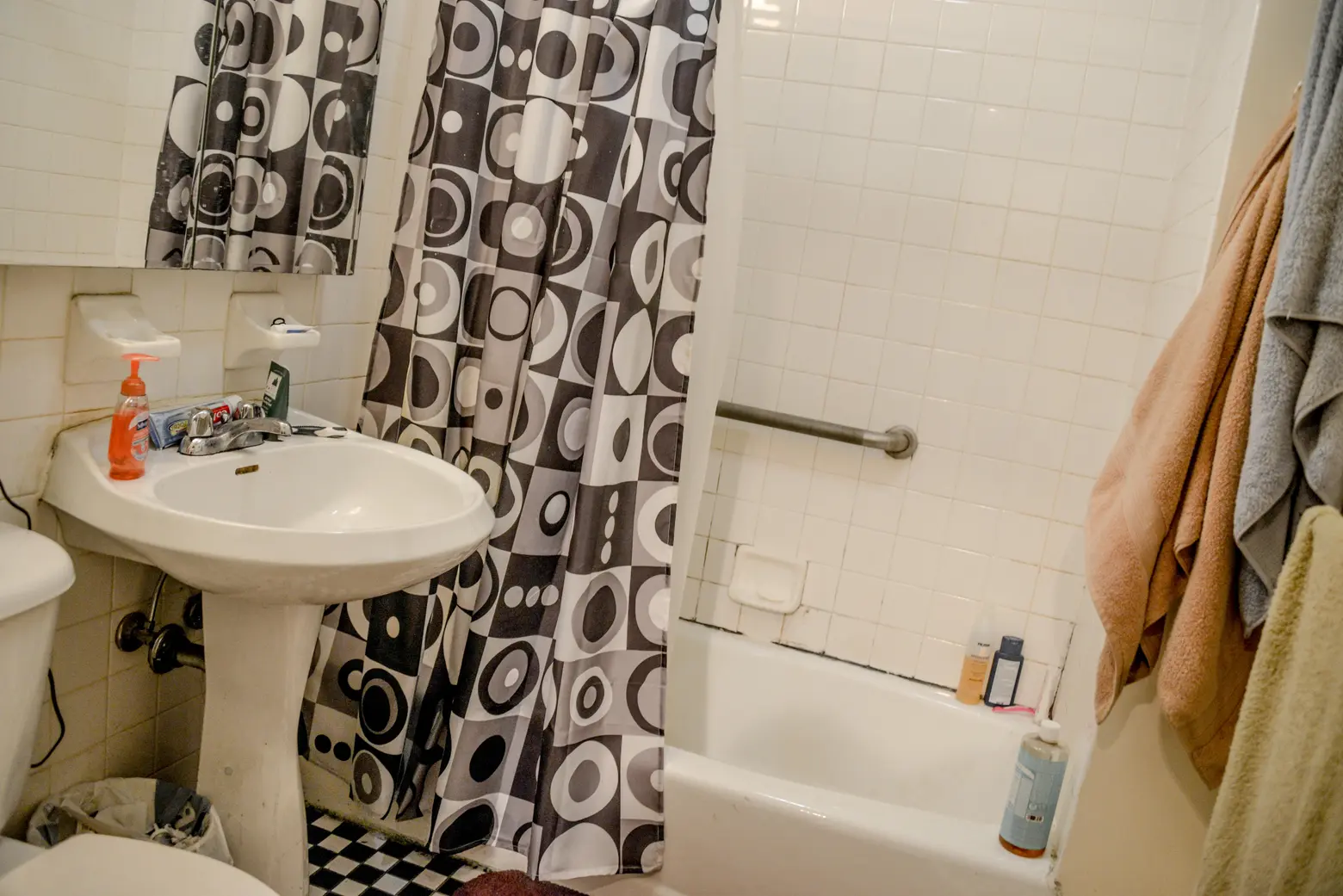
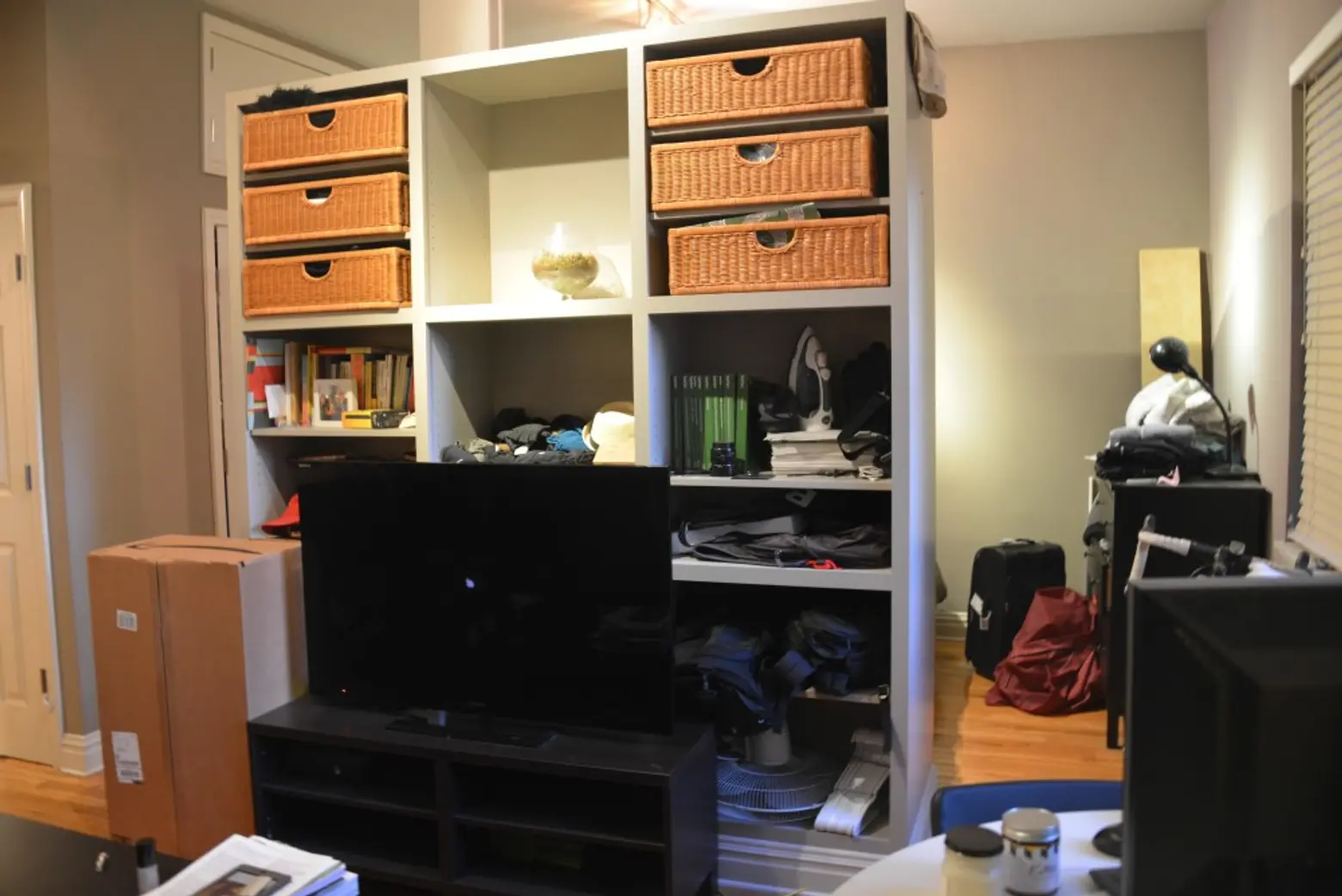
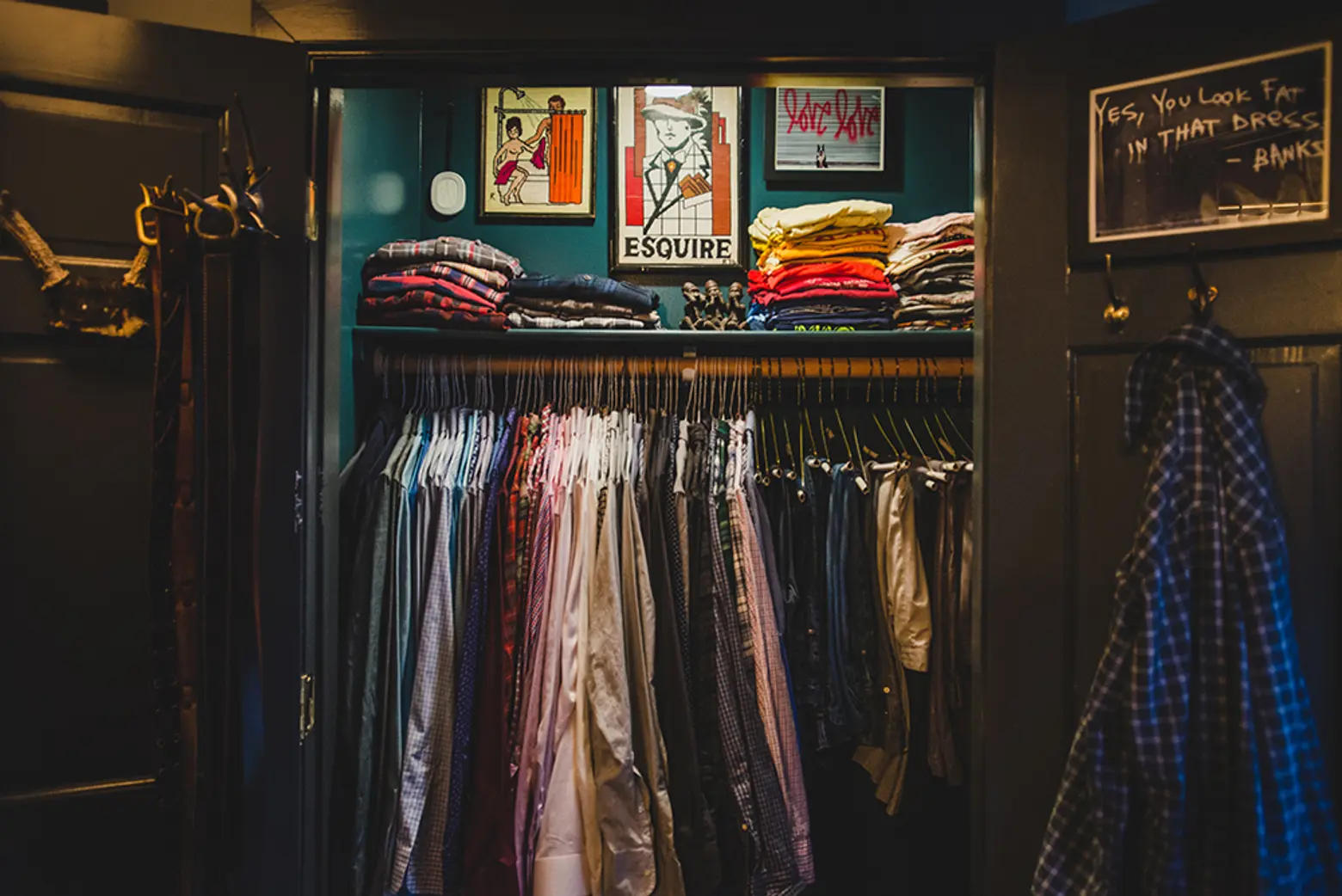
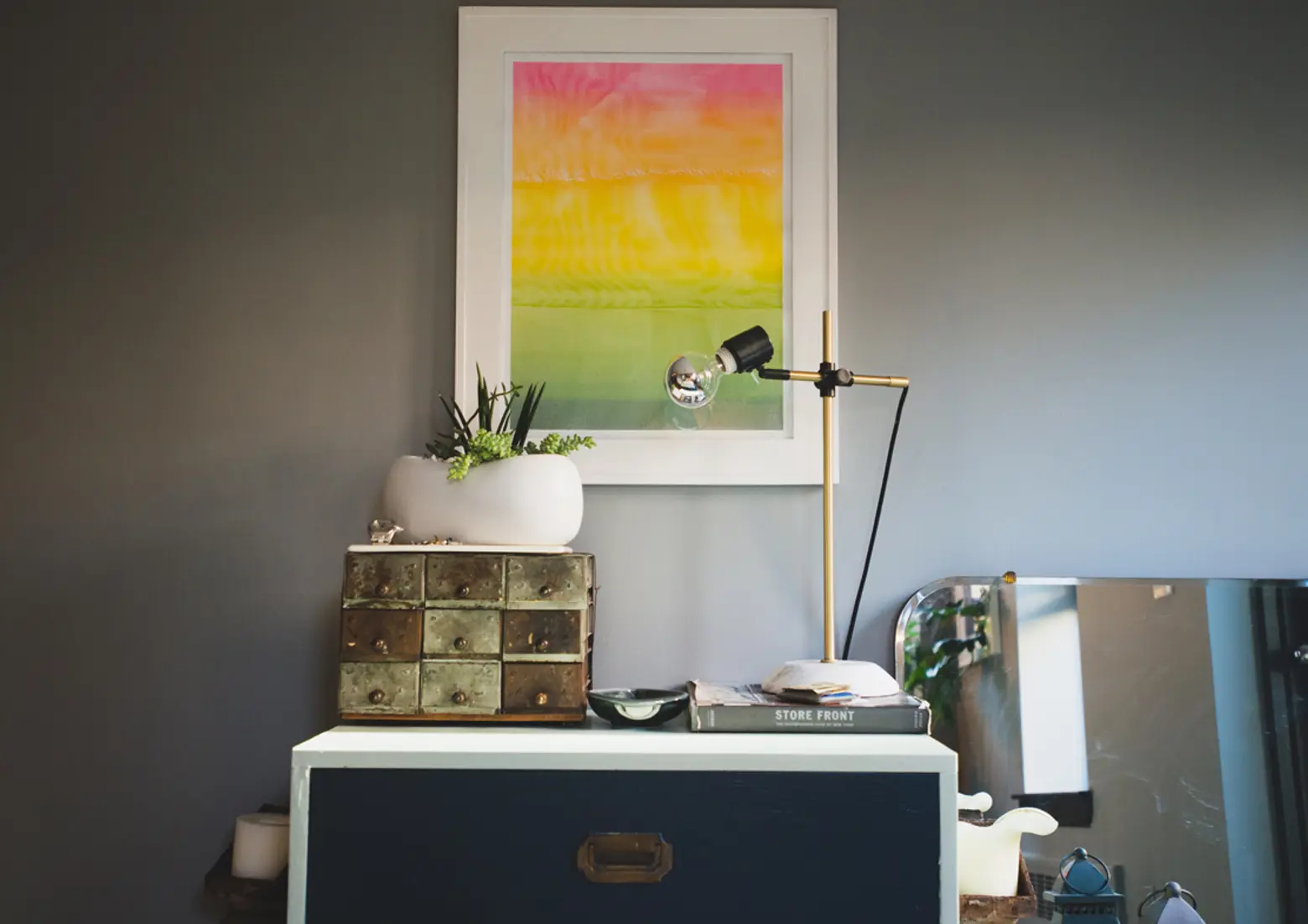
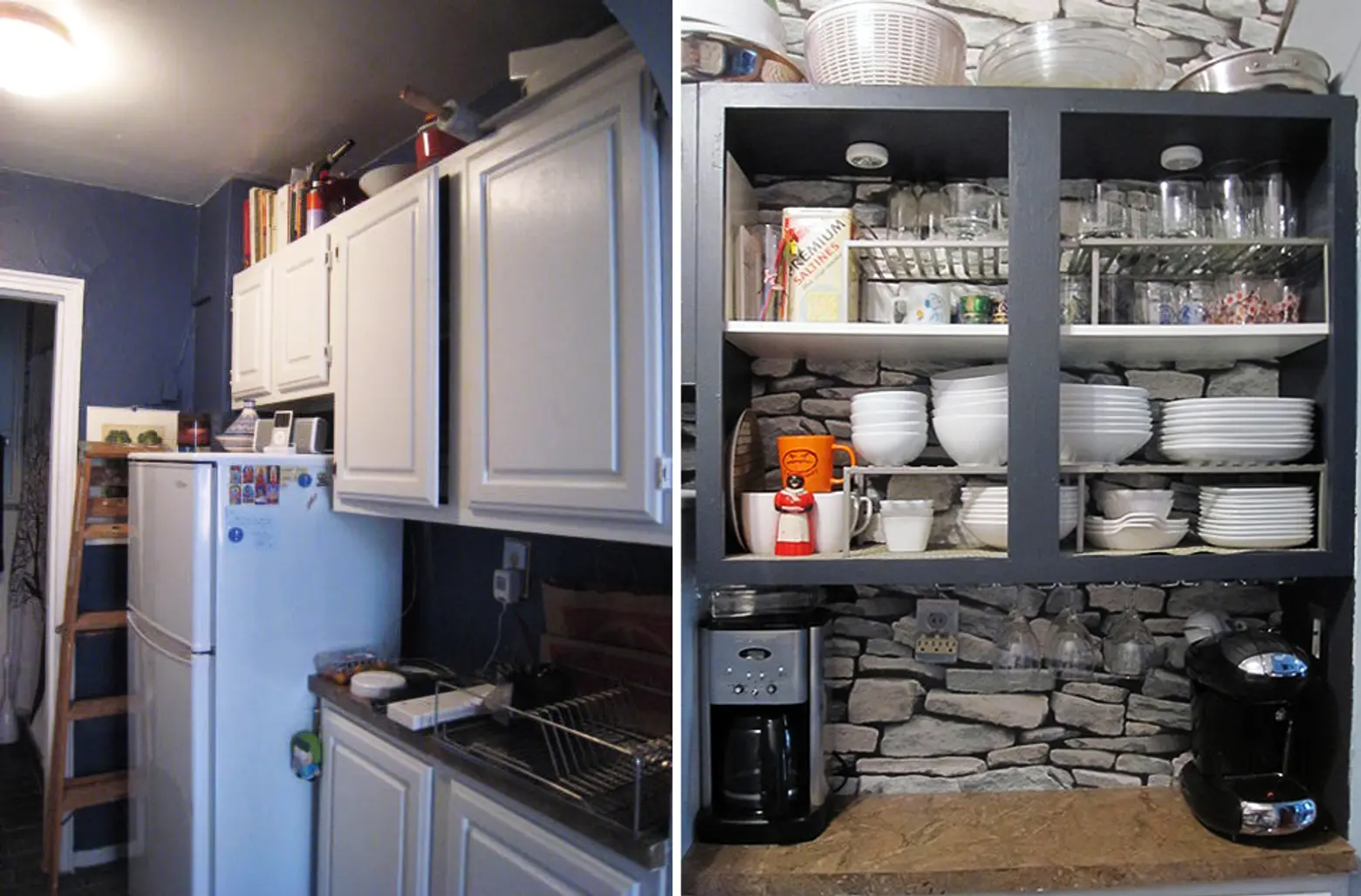
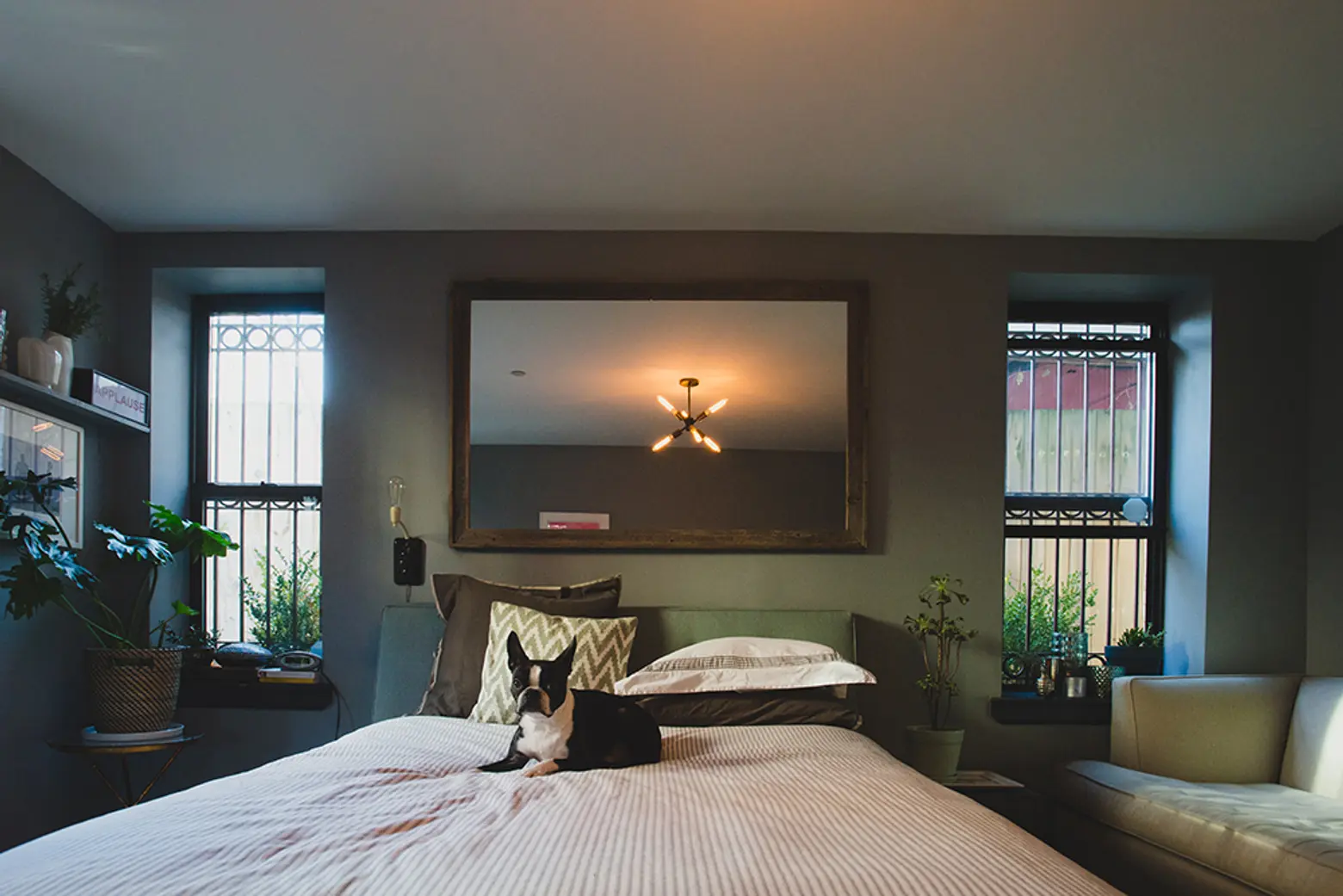
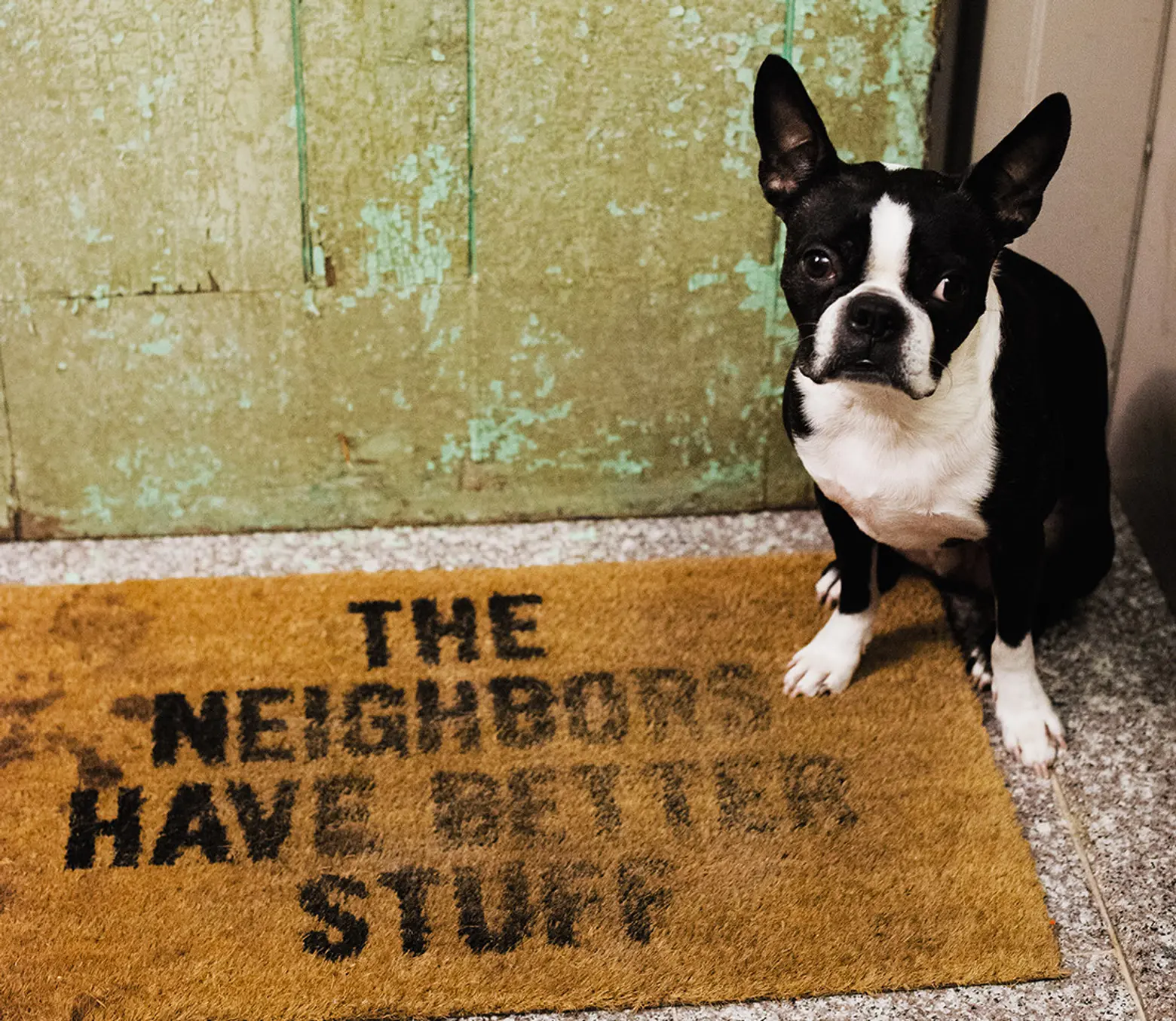
















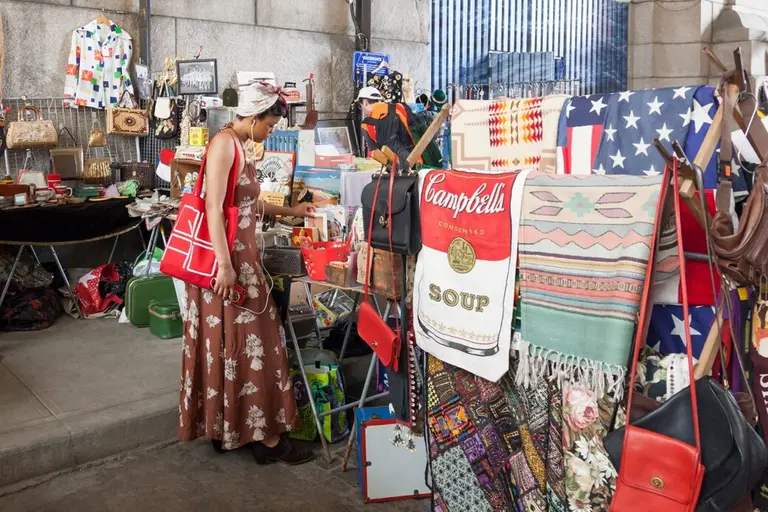













Great tips. The shower curtain in the bathroom really makes a different. I want Jason to stage my apt even if I’m not selling!
beautiful work. and there are lots of better design ideas here than most interior designers will dream up.
Love your staging!! Wish you could decorate my place!!